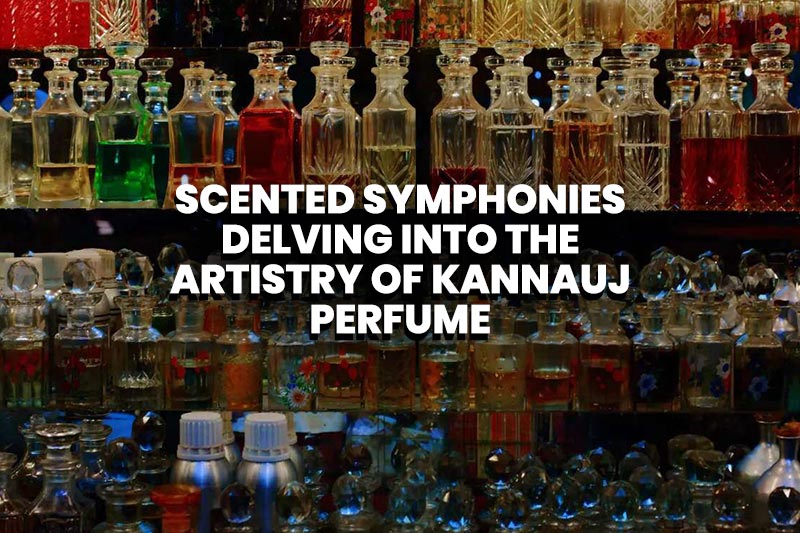
Scented Symphonies: Delving into the Artistry of Kannauj Perfume
The tradition of perfumery in Kannauj traces its origins back to ancient times, with references found in texts dating back to the Vedic period. Over the centuries, Kannauj emerged as a hub for the production of attars, or traditional Indian perfumes, renowned for their purity, complexity, and longevity.
Kannauj’s strategic location along the ancient trade routes connecting India with the Middle East and Central Asia facilitated the exchange of ideas, techniques, and ingredients, enriching its perfumery traditions and establishing it as a center of excellence in the art of fragrance.
Perfumery in Kannauj is a labor-intensive craft that requires precision, skill, and an intimate knowledge of botanicals and aromatic compounds. Artisans, often known as “attarwalas,” employ traditional extraction methods such as distillation and enfleurage to capture the essence of natural ingredients, including flowers, herbs, spices, and woods.
One of the hallmarks of Kannauj perfume is its use of natural ingredients sourced from the rich biodiversity of the Indian subcontinent. Rose, jasmine, sandalwood, and agarwood are among the prized botanicals used to create signature fragrances that evoke the essence of India’s diverse landscapes and cultural heritage.
Kannauj perfumes are celebrated for their distinctive aromas, exquisite blends, and timeless elegance. Each fragrance tells a story, reflecting the traditions, rituals, and sensory experiences of Indian life. From the delicate floral notes of rose and jasmine to the earthy richness of sandalwood and vetiver, Kannauj perfumes capture the essence of India’s natural bounty and cultural tapestry.
Moreover, Kannauj perfumes hold deep cultural significance in Indian society, where they are cherished as symbols of luxury, refinement, and spiritual devotion. Perfume has long been associated with rituals, ceremonies, and religious observances, with attars playing a central role in Hindu, Muslim, and Sikh traditions.



